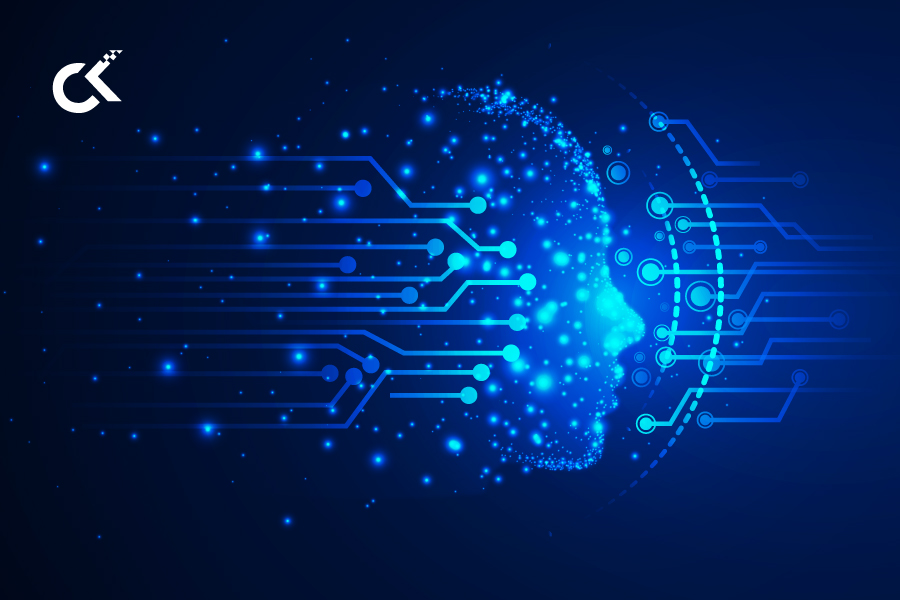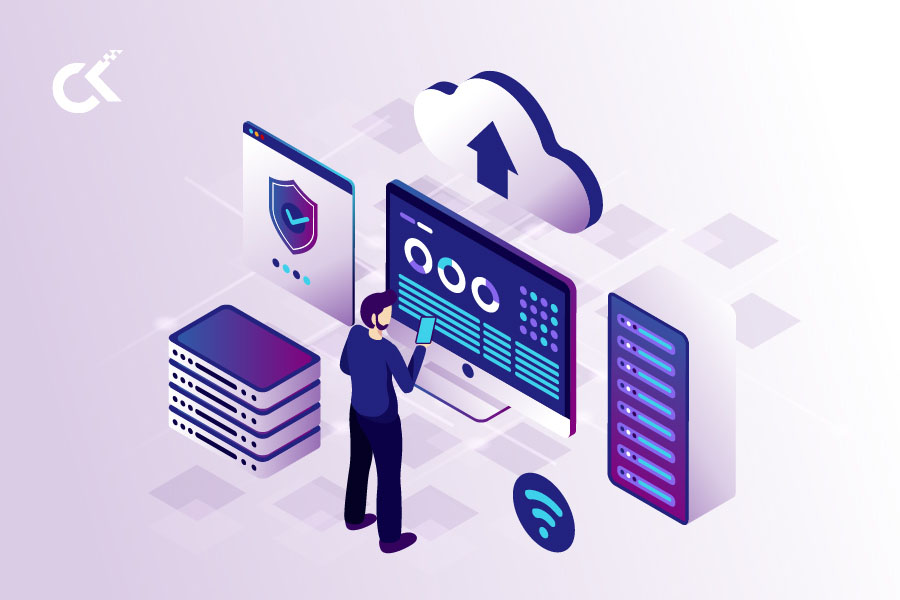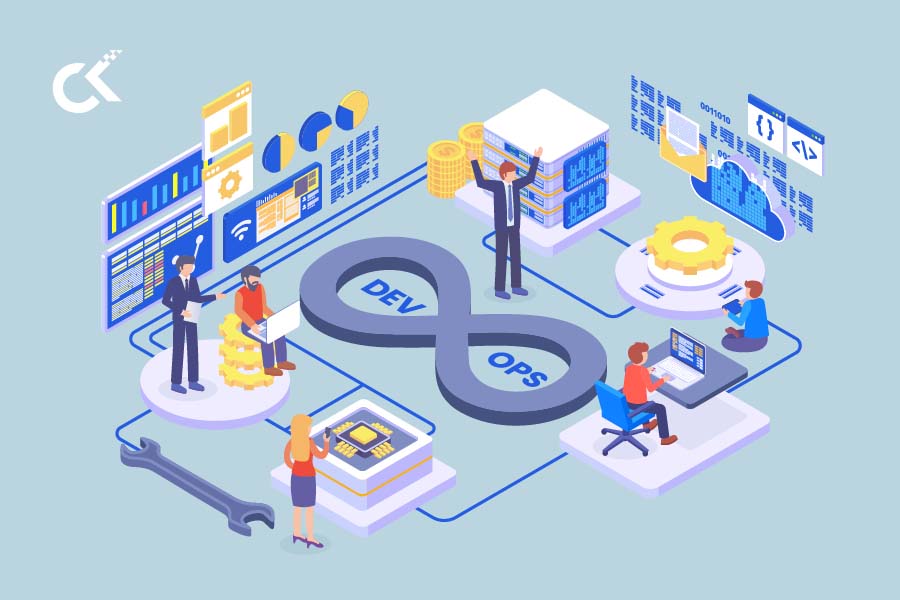For years, businesses have leveraged AI to drive efficiency – predicting trends, automating repetitive tasks, and generating content at scale. While these tools improved speed and productivity, they largely relied on human direction and provided limited strategic impact.
Starting around 2023, significant enterprise-grade agentic AI platforms and standards began to emerge, enabling persistent, context-aware, multi-step autonomous behavior. By early 2025, major enterprises started scaling agentic AI adoption, using hybrid reasoning models and foundational frameworks to orchestrate autonomous workflows at scale.
Today, executives are asking a bigger question – How can AI actively run and optimize my business? This is where agentic AI comes in.
Unlike traditional or generative AI, agentic AI does not just follow instructions or generate outputs. It perceives complex environments, reasons through challenges, acts autonomously and continuously adapts, effectively functioning as a digital workforce that can manage workflows, optimize operations and make real-time decisions.
In this blog, we’ll explore what agentic AI is, how it differs from earlier AI approaches, and why it represents a transformational step for enterprises looking to innovate, scale and gain a competitive edge.
What is agentic AI?
Artificial intelligence has come a long way. From early rule-based systems that could only follow strict instructions, to predictive machine learning that spots patterns, to today’s generative AI that creates content in real time, we have seen each stage push the boundaries of possibility.
With agentic AI, we ride into the next frontier. Unlike earlier models, these systems don’t just process data or generate outputs. They can perceive, reason, act, learn and adapt on their own, often with minimal human involvement.
What sets agentic AI apart isn’t simply faster computing power but its core traits like:
Autonomy The ability to set and pursue goals independently rather than waiting for explicit instructions
Adaptability Continuous learning and self-correction based on new data, context, and outcomes
Goal Orientation Operating with a higher-order purpose, not just responding to prompts or scripts
In practice, this means agentic AI doesn’t just analyse information or offer suggestions. It can make decisions, take action and adjust in real time to drive objectives across dynamic and complex environments.
Agentic AI versus other AI approaches: Key differentiators
AI has evolved through distinct phases – from traditional rule-based systems that were rigid to generative AI that unlocked creativity but remained reactive, and AI agents that automated specific tasks with clear instructions.
Each step added new capabilities, yet they often operated in silos, delivering outputs or automations without the ability to adapt or orchestrate across the bigger picture.
Agentic AI changes that. It brings together the creativity of generative AI and the precision of AI agents, but with the autonomy to set goals, learn and adapt along the way. For enterprises, this shift is not just incremental but transformational! So while GenAI and agents provide tactical advantages, agentic AI delivers strategic strength that anticipates shifts, connects workflows and drives impact that scales across business ecosystems.
Agentic AI is not just another entry in the long evolution of AI technologies. It now represents a dramatic segue in how enterprises can apply intelligence to solve problems. To see why, it helps to compare it with the existing approaches:
Comparing AI Paradigms: Generative AI, AI Agents and Agentic AI
| Aspect | Generative AI | AI Agents | Agentic AI |
| Core Focus | Content generation (text, images, code) | Automating predefined tasks and workflows | Orchestrating end-to-end outcomes across systems and domains |
| Operating Model | Reactive – acts only when prompted | Rule/goal-driven but limited to narrow tasks | Proactive – sets goals, plans, acts and adapts autonomously |
| Autonomy | None – fully dependent on human input | Limited – follows programmed rules, needs explicit direction | High – formulates, executes and course-corrects strategies in real time |
| Adaptability | Static after training; improvements require retraining | Improves only with reconfiguration or retraining | Continuously self-improves through feedback, context and outcomes |
| Impact | Narrow – creative content, prototypes, summaries | Task-level – scheduling, ticket triage, monitoring | Expansive – full process orchestration, cross-domain decision-making, seamless integration of creativity and execution |
| Enterprise Value | Efficiency and speed in content creation | Productivity gains through task automation | Strategic resilience – adaptive systems that anticipate change, optimize at scale and deliver outcome-driven impact |
Unlike earlier generations of AI that execute within fixed parameters, Agentic AI operates as a closed-loop system – constantly perceiving, reasoning, planning, acting, and learning. This cyclical design gives it the ability to adapt dynamically, handle multi-step problems, and coordinate across diverse environments.
1. Making Sense of the Environment
Agentic AI begins by collecting and interpreting data from multiple sources – databases, sensors, APIs, enterprise platforms, and external systems. Instead of passively waiting for input, it actively scans its environment, identifying entities, extracting context, and recognizing patterns that matter for the task at hand.
2. Understanding Context and Intent
Once data is ingested, Agentic AI employs large language models (LLMs) and specialized algorithms as reasoning engines. This enables it to infer intent, interpret nuances, and identify potential pathways toward achieving a goal. Unlike rule-based AI, which follows static logic, Agentic AI uses context-aware reasoning and techniques like retrieval-augmented generation (RAG) to ground its insights in enterprise-specific data.
3. Planning and Decision-Making
Where generative AI might stop at producing a single response, Agentic AI goes further by formulating multi-step strategies. It evaluates options, weighs trade-offs, and sequences tasks – often across multiple systems or agents. In complex scenarios like supply chain optimization or patient care management, this capability allows it to orchestrate interdependent activities that evolve in real time.
4. Executing Across Systems
Armed with a strategy, agentic AI can take action autonomously, connecting directly with business tools, APIs, and workflows. For instance, think of a customer service agent that doesn’t stop at just answering queries but can complete a payment, update a claim or escalate an issue, all while staying within enterprise guardrails. This ability to both reason and act moves AI from being an advisor to becoming an operator within business ecosystems.
5. Closing the Feedback Loop
One of the most important differentiators is agentic AI’s ability to learn continuously. Every interaction, whether it’s a success, a failure or an unusual edge case, feeds back into the system. Through reinforcement learning and feedback loops, the AI refines its models and strategies over time, becoming more efficient and accurate with each iteration. The result is a self-improving cycle: the longer it runs, the smarter and more effective it becomes, steadily compounding value for the enterprise.
In essence, agentic AI acts as a digital decision-maker and operator in one, continuously sensing, planning, acting, and learning – making it ideal for fast-moving, complex environments that demand autonomy and adaptability.
For enterprises, the promise of agentic AI isn’t simply about technology advancements, it’s about unlocking measurable business value at scale. By combining autonomy, adaptability, and orchestration, agentic AI is redefining how organizations operate, innovate, and compete.
1. Make faster, smarter decisions
Agentic AI minimizes the need for constant human intervention in complex workflows. Instead of waiting for step-by-step inputs, it can set goals, reason through scenarios, and act independently. This autonomy streamlines decision cycles – whether reallocating inventory in a disrupted supply chain, managing compliance in financial transactions or adjusting schedules in healthcare workflows. Faster, smarter decisions mean enterprises can respond in real time to market conditions.
2. Handle multiple tasks at once
Traditional AI systems typically focus on discrete tasks, but agentic AI can manage multiple objectives simultaneously across domains. Think of it as digital orchestration: while one agent optimizes logistics routes, another monitors customer sentiment, and a third fine-tunes financial forecasts, all in parallel. This scalability makes it ideally suited for large, distributed enterprises where operational complexity often slows transformation.
3. Adapt & grow smarter over time
By continuously learning from outcomes and external inputs, it self-adjusts strategies in real time. This adaptability creates resilience in the face of disruptions: from supply chain shocks and regulatory changes to unexpected demand surges. Enterprises gain systems that don’t just execute today’s workflows but evolve with tomorrow’s challenges, enabling long-term future-proofing.
4. Save time and free up your team
One of the most immediate impacts of agentic AI is time and cost savings. By automating repetitive and data-heavy tasks, it drastically reduces cycle times, freeing up human talent to focus more on strategic, creative and relationship-driven work. Instead of analysts manually rerouting deliveries or compliance teams combing through data, agentic AI handles execution, while employees can shift their attention toward higher-value innovation and problem-solving.
5. Drive ROI & see a competitive advantage
The financial impact is compelling! Enterprises deploying agentic AI are already reporting significant productivity gains and double-digit improvements in ROI. Beyond cost savings, the competitive edge comes from speed, agility and decision quality, factors that directly influence market leadership. Businesses that leverage agentic AI today can stay a step ahead of the curve by gaining the ability to innovate continuously, serve customers better and make operations more adaptable and robust.
The impact of agentic AI is not theoretical. It is already transforming industries by enabling autonomous, adaptive workflows at enterprise scale. Unlike earlier forms of AI that delivered isolated efficiencies, agentic AI orchestrates entire processes across multiple systems and functions, creating business value that compounds over time.
Supply Chain & Logistics
- Streamlines delivery routes, manages inventory and automates warehouse operations.
- Multi-agent systems adapt in real time to disruptions such as traffic, weather or geopolitical events.
- Coordinates restocking and fulfillment for lower transportation costs, fewer delays and more efficient inventory management.
Healthcare
- Orchestrates patient journeys: scheduling, reminders, follow-ups and care plan adjustments.
- Reduces no-show rates and improves patient adherence, impacting revenue and outcomes.
- Integrates with IoT devices (like smart inhalers or wearables) for real-time monitoring and proactive interventions.
- Provides clinicians actionable insights before issues escalate, improving care quality and delivery efficiency.
Financial Services
- Powers autonomous trading and real-time portfolio adjustments based on market signals.
- Monitors compliance continuously and prevents fraud.
- Fraud detection agents respond within milliseconds, mitigating potential losses.
- Enhances ROI, strengthens trust and builds resilience in dynamic regulatory and market environments.
Manufacturing & Industrial
- Combines predictive maintenance, quality assurance and adaptive scheduling into a seamless system.
- Detects machinery anomalies before breakdowns, reducing unplanned downtime.
- Visual inspection systems refine models autonomously for better defect detection.
- Adaptive scheduling aligns production with real-time demand, improving agility and efficiency.
Customer Service & Marketing
- Orchestrates entire customer journeys: service ticket resolution, transaction processing and dynamic campaign adaptation.
- Increases personalization, engagement and conversion rates.
- Handles marketing campaign design, performance monitoring and real-time optimization.
- Frees teams to focus on strategic creativity and higher-value work.
Cybersecurity is one of the most critical domains for agentic AI adoption. Autonomous agents can detect, investigate and mitigate threats in real time, drastically reducing mean-time-to-response (MTTR). By learning from evolving attack patterns, these systems enhance resilience against increasingly sophisticated cyberattacks. This proactive defense model reduces dependency on human monitoring alone and ensures enterprises can scale security operations without proportionally increasing headcount.

Artificial intelligence has already proven its value in the enterprise – Generative AI accelerates content creation and ideation, while AI agents automate repeatable, rules-based processes. Yet these advances represent only the first wave. Agentic AI is much bigger because it goes beyond isolated tasks to orchestrate autonomous, end-to-end workflows that continuously learn, adapt and scale.
Generative AI and task agents drive incremental productivity gains, but agentic AI enables structural business transformation. It allows organizations to:
Reimagine cost structures by offloading complex workflows to autonomous agents
Accelerate innovation cycles by using self-learning systems that adapt strategies in real time
Build new revenue streams by enabling ecosystem-driven offering – AI-powered logistics services, digital healthcare platforms, intelligent financial products.
The result is not just doing the same work faster, but fundamentally changing how businesses operate and compete. A defining strength of agentic AI is its ability to close the gap between decision-making and execution, transforming insights into immediate action. Unlike traditional systems that rely on human oversight to interpret data and initiate responses, agentic AI autonomously identifies opportunities or risks and acts on them. This capability gives enterprises the agility to respond instantly to disruptions.
But its impact goes beyond efficiency: by enabling adaptive, resilient and future-ready business models, agentic AI moves organizations from AI-assisted productivity to AI-led performance, turning operational speed and autonomy into a lasting competitive advantage.
Agentic AI isn’t just another AI trend – it marks the next frontier in enterprise intelligence, moving businesses from assistive systems to truly autonomous operations. Achieving this vision requires more than advanced algorithms; it demands scalable cloud infrastructure with high compute and low latency, a ready data ecosystem with unified, real-time access and RAG-enabled intelligence and seamless orchestration across platforms, tools and business systems.
This is where Cloud Kinetics comes in. We help enterprises build AI-ready cloud ecosystems designed for scale and agility, ensure security, governance and compliance at every step and accelerate the journey from pilots to full production so that agentic AI delivers measurable business outcomes. Enterprises that invest early in the right cloud, data and AI foundations will define the next wave of digital transformation, and we can help you unlock its full potential for your business.







